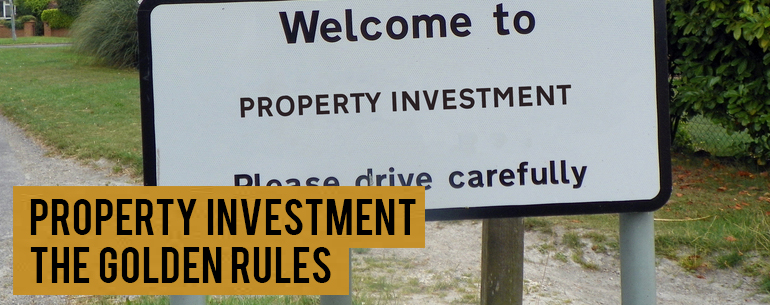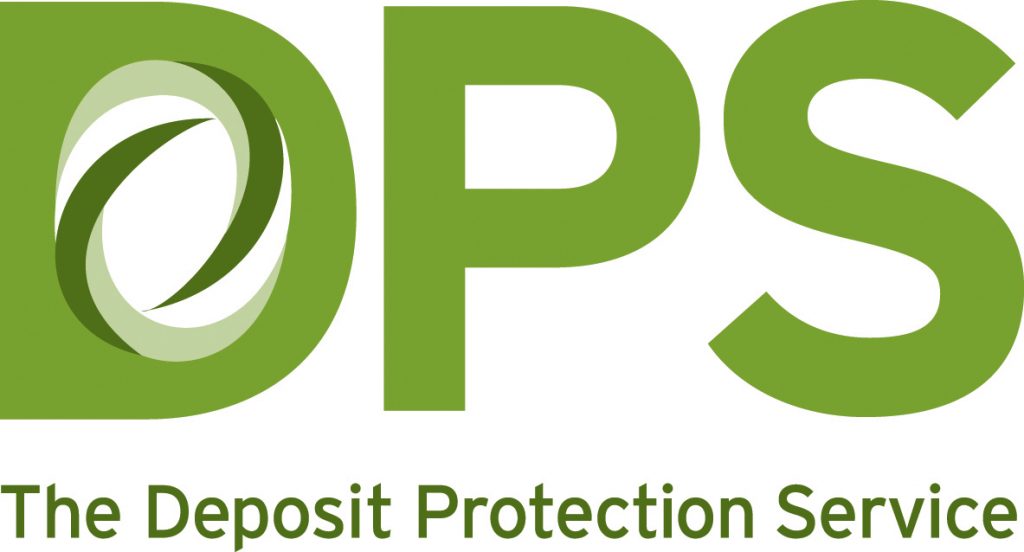
Stepping into the world of property investment for a first time buyer can be intimidating; it’s an expansive venture that is almost impossible to conquer by simply jumping in as if it’s an inviting hot tub. You need a hardened battle plan before taking any serious considerations prior to investment. Thankfully, Rob Jones of Property Investments UK has developed a thorough check list to prepare you for taking the plunge.
- Selecting the Area
The majority of landlords invest in their own area. Why? Because that’s where they’re the most familiar and knowledgeable.The area in which you invest in property will be a foundation on which most tenants will base their primary decision to move on; select an area that features a good mix of homeowners and private tenants.Proximity to local amenities and good transport links are hugely beneficial factors when it comes to choosing a property location, providing tenants with plenty of opportunities and options once they settle into a new home. School catchment areas require a little more research, but will inevitably pay off if it’s a family orientated tenancy you’re looking to attract. This leads very nicely into the next point on the checklist:
- Selecting the Area

- Tenant Profile
Having the tenant in mind that you want to attract and keep in your property is key. It will help to take into consideration elements of the property you would be looking to invest in. Are you looking for short term student lets? Perhaps working professionals are more your taste? Or, are you looking to accommodate local housing allowance?There’s also the method of how to rent the property that needs to be considered; be it a single let or multi-let. Before investing, analyse the type of property your ideal tenant would be interested in and look at how this information would match up with your price range and purchasing budget. - Rental Yield
Once you’ve decided on the area and the type of tenant you’d like to occupy your property, it’s time to consider how much yield percentage return you’d be looking to achieve on the property. Most single let properties work best with yields of 7% and upwards, whilst multi-let properties work best with a minimum of a 12% yield.Analyse similar properties in the area and the yields they are achieving, as this will provide a base frame to work with and potentially look to compete with. - Potential for Capital Growth
Analysing the supply of properties against the demand of the increasing population is a great indicator and will help to predict any potential for capital growth. If the property demand is predicted to rise faster than the current supply, you could be set to benefit from great capital growth potential.Local government and private sector investment is also a good sign as this will help sustain employment and population demand. - Exit Strategy
Property investment is far from straight forward, and having an exit strategy in place is crucial before even considering sourcing a property. Develop a Plan A, B, and even C as part of your property exit strategy so you are not caught out in the potential event of circumstances changing, which given the current state of uncertainty and affairs within society, is always going to be a possibility.
- Increasing Value
Having a property in a packaged ‘ready to go’ state for letting will save substantial amounts of time if the time comes to sell the property on. However, property where you can add values through means such as a small refurbishment (anywhere from £3,000 to £10,000) has the potential to drive an increase on return on investment significantly and add to the property. - Discounts Available
When dealing with property sellers during the initial stages of your property investment, only deal with motivated sellers rather than those looking to sell because they want to. Motivated sellers will be more open to negotiating, and buying a property at discount prices will inevitably increase on rental returns and an equity buffer should the property price change.Most investor look at discounts of 15% to 25%, depending on the market and how the rest of their criteria is met through the property.
Even armed with this checklist, you’ll have only just scratched the surface of the world of property investment. For a comprehensive training guide before taking the plunge, including finding daily deals, when to purchase a property, and knowing how to fund them, visit Property Investments UK for a wealth of knowledge and a property investment handbook designed to allow you to find your feet when it comes to making that first investment and developing a property portfolio.







